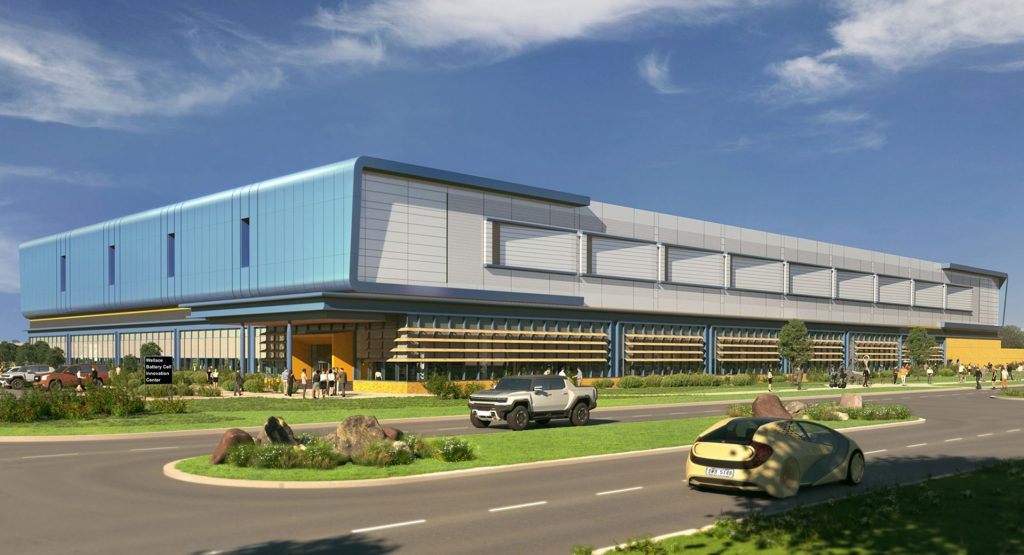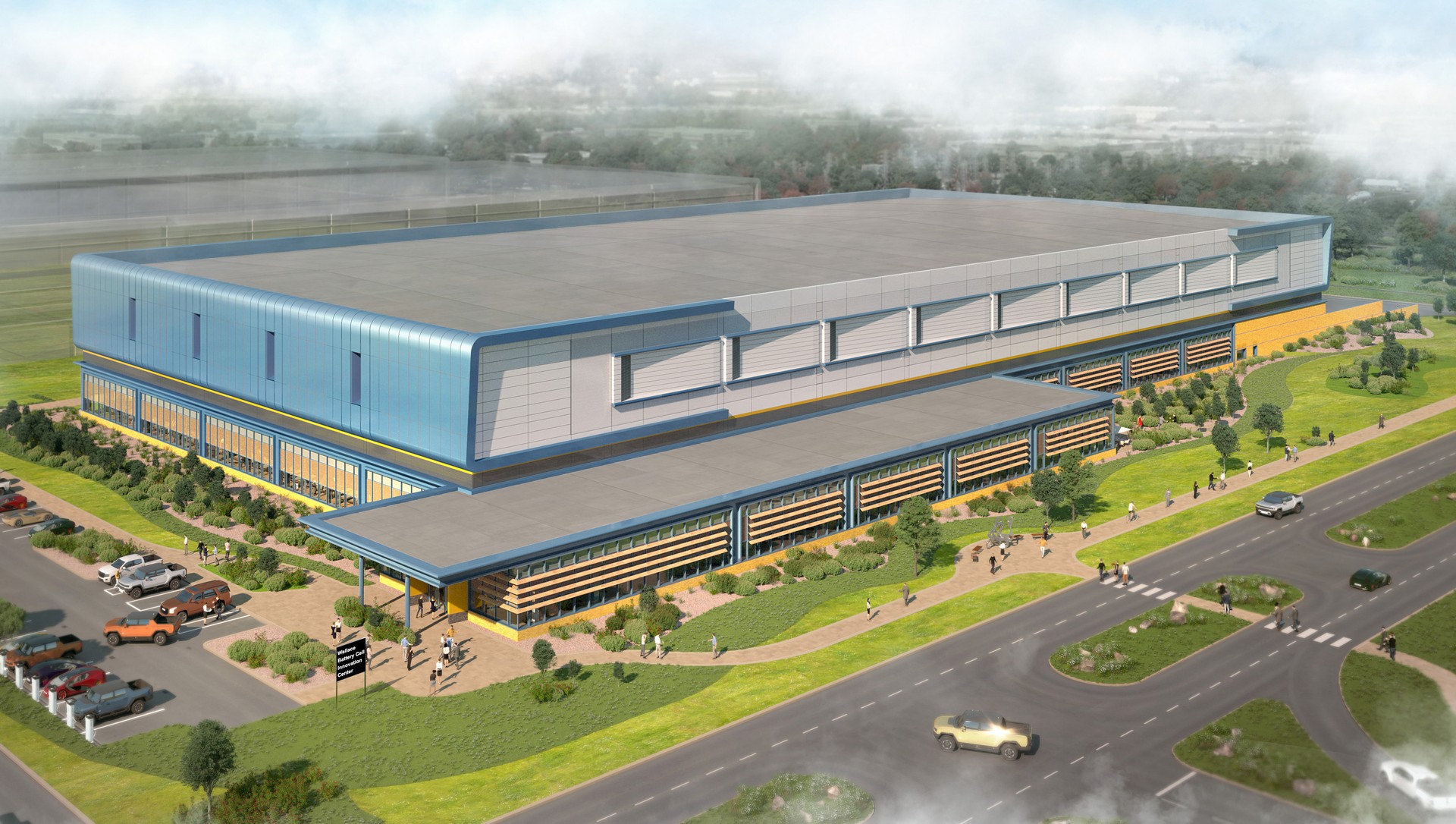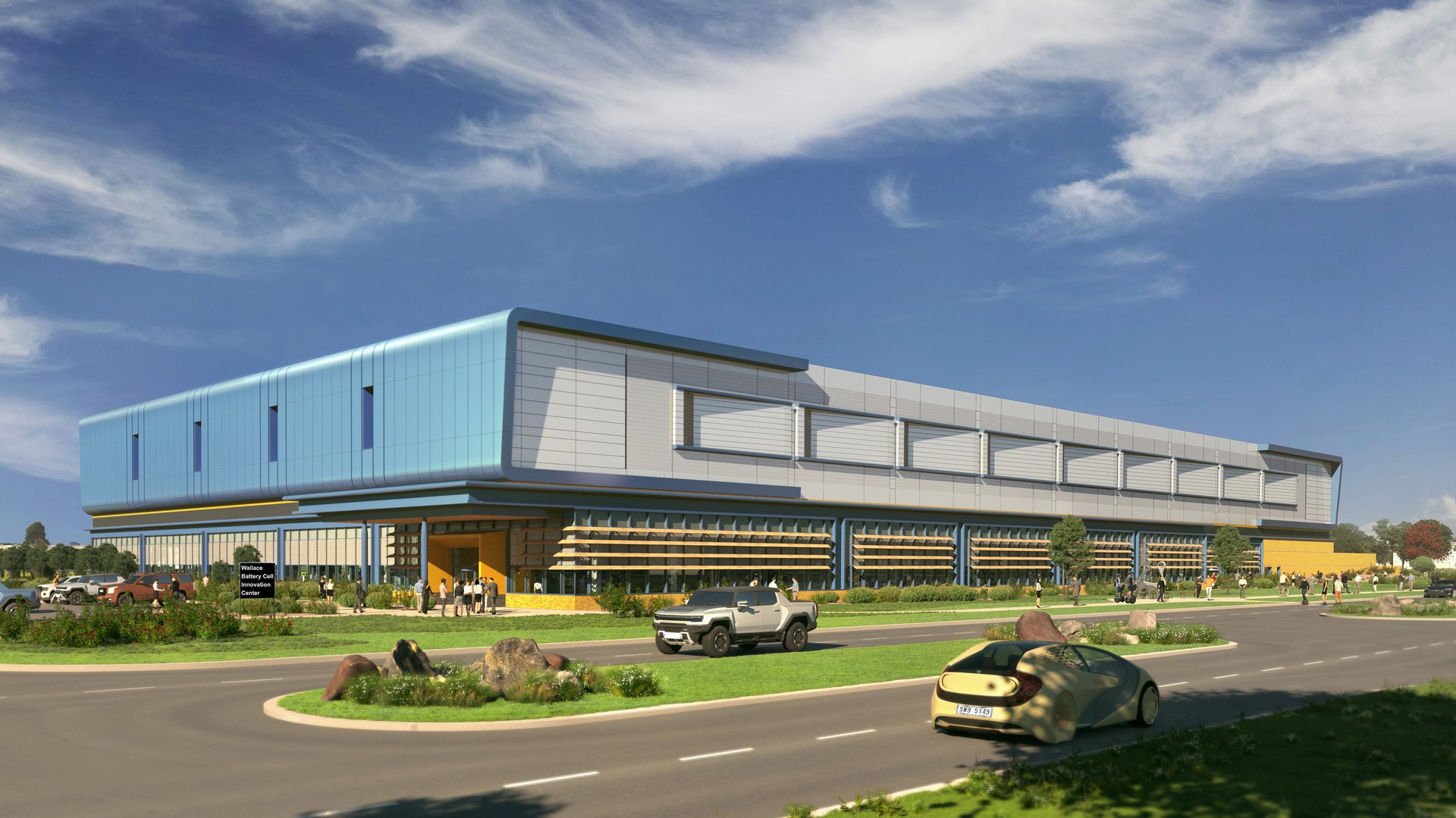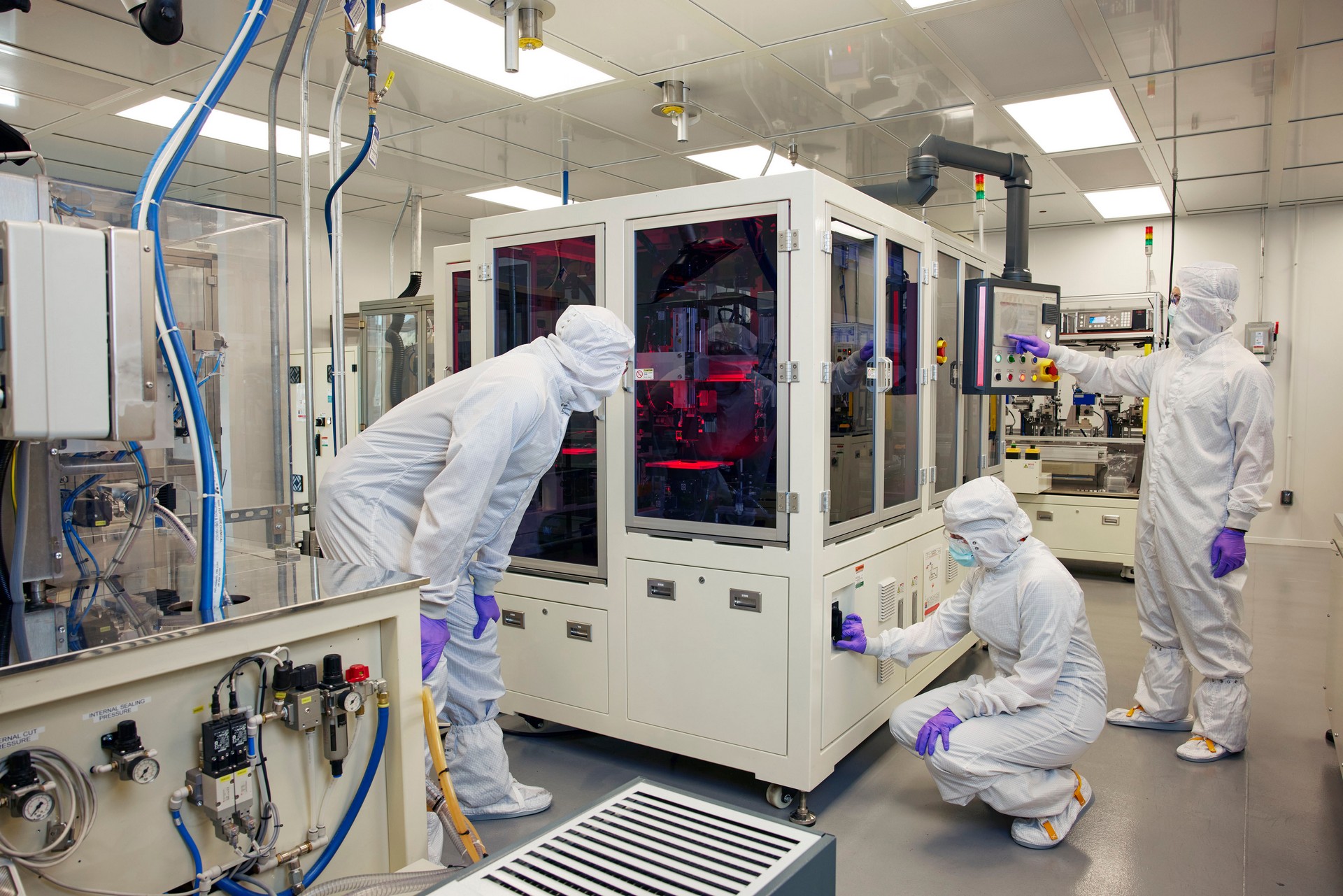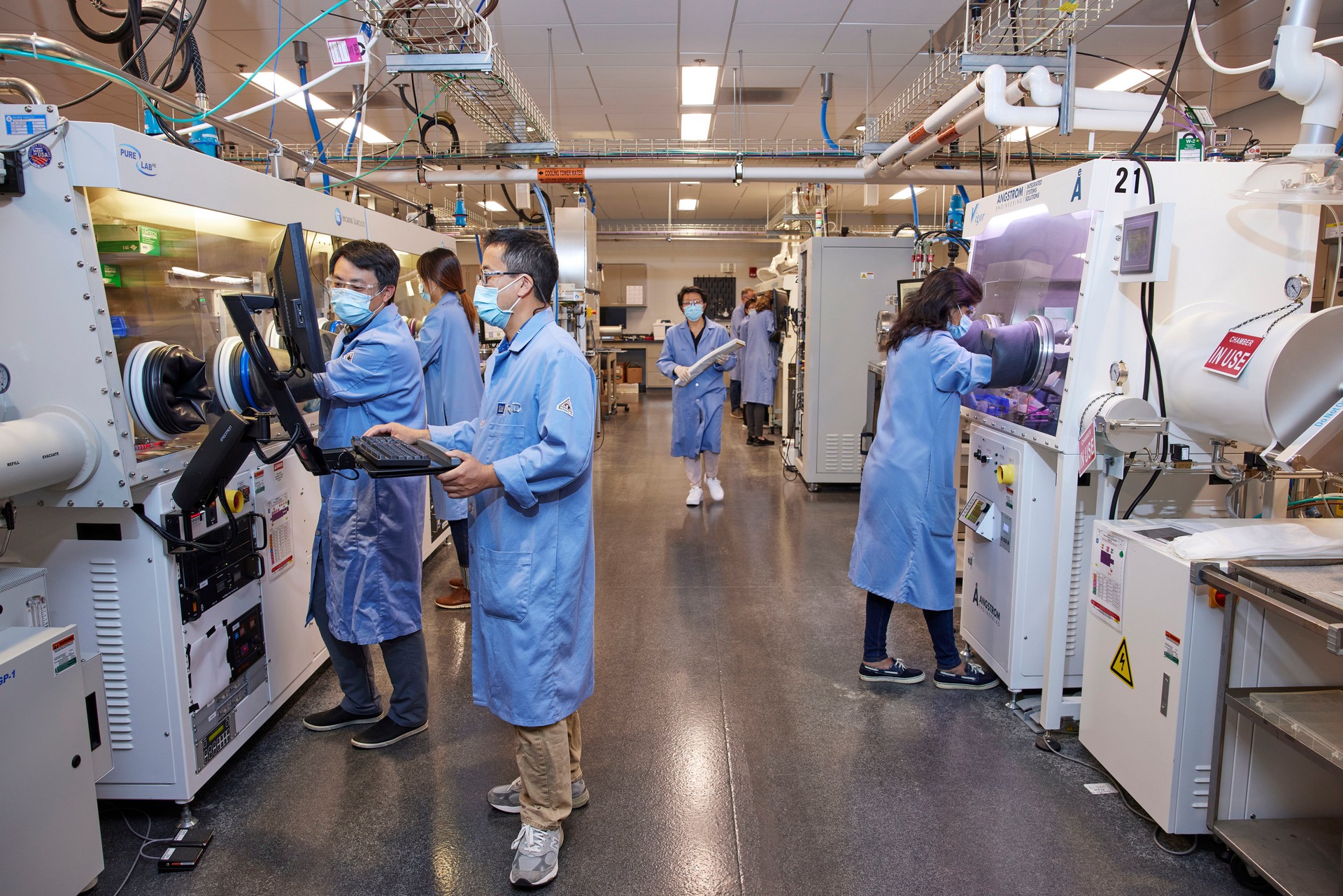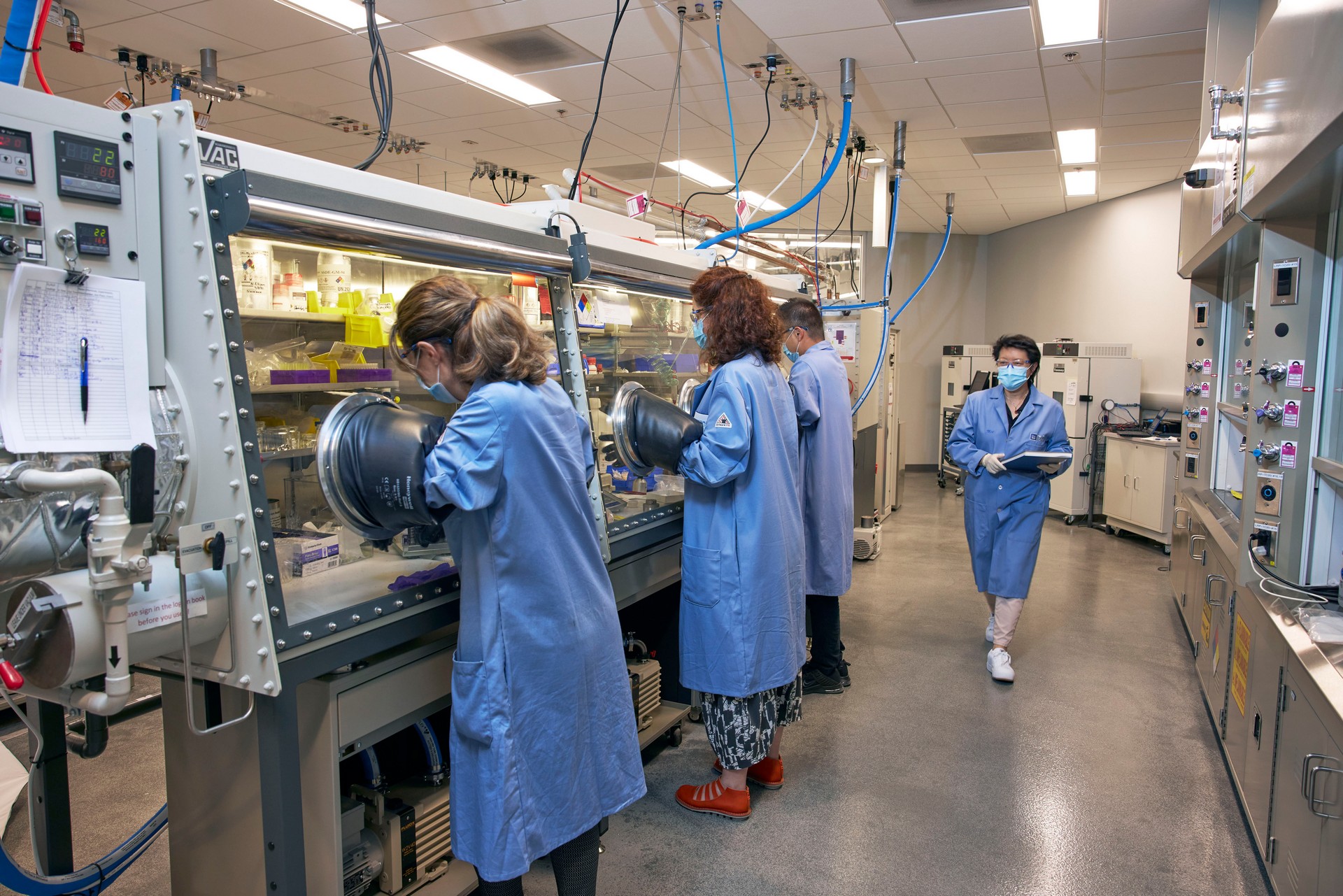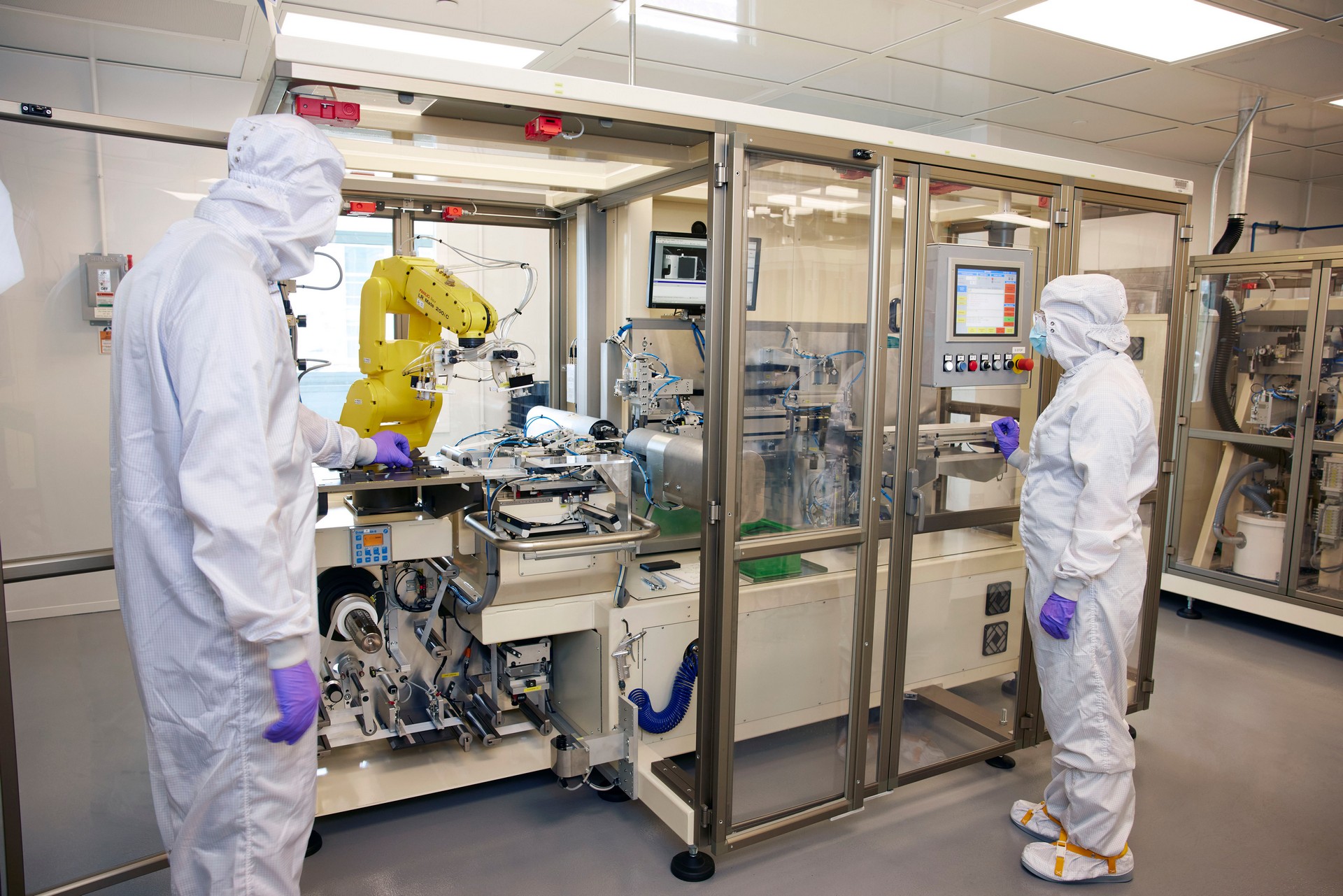General Motors plans to offer a full portfolio of electric vehicles and that will require significantly reducing costs to make EVs affordable.
As part of this effort, the company has announced plans to construct a next-generation battery facility on the grounds of the Warren Tech Center.
Known as the Wallace Battery Cell Innovation Center, the facility is named after Bill Wallace who served as GM’s director of battery systems and electrification. He led the teams responsible for developing the first- and second-generation Volt as well as the Malibu Hybrid and Bolt EV. Wallace unfortunately lost his battle with cancer in 2018, but his legacy will continue with the new facility.
Construction is already underway and the Innovation Center is set to be completed in mid-2022. It’s slated to play a “pivotal role in advancing GM’s vision of an all-electric future and help pave the way to widespread adoption of EVs, building on more than a decade of advanced battery development at GM Research and Development.”
The company didn’t go into many specifics, but noted the facility will enable them to accelerate the development of new technologies like lithium-metal, silicon and solid-state batteries. Employees will also work to improve manufacturing methods, which can be deployed at battery plants to reduce costs and speed up production.
During a press briefing yesterday, officials revealed the Innovation Center will improve their in-house capabilities and allow for pilot production. GM also noted the facility will be capable of building “large-format, prototype lithium-metal battery cells for vehicle usage beyond the small-scale lithium-metal cells typically used in handheld devices or research applications.” This is an all-new capability for the automaker and they noted the “cells could be as large as 1,000 mm (39.4 inches), nearly twice the size of the initial Ultium pouch cells.”
The facility is expected to build its first prototype cells in the fourth quarter of 2022 and the company expects it to deliver results by the middle of the decade. Officials went on to say they’re getting more aggressive in regards to battery chemistries and they believe the Innovation Center will help them achieve their goal of lowering battery costs by at least 60%.
Officials added they’re investing hundreds of millions of dollars into the facility and it will create hundreds of new jobs. The Innovation Center is also expected to expand in the future as it could eventually increase its initial footprint by three fold.




